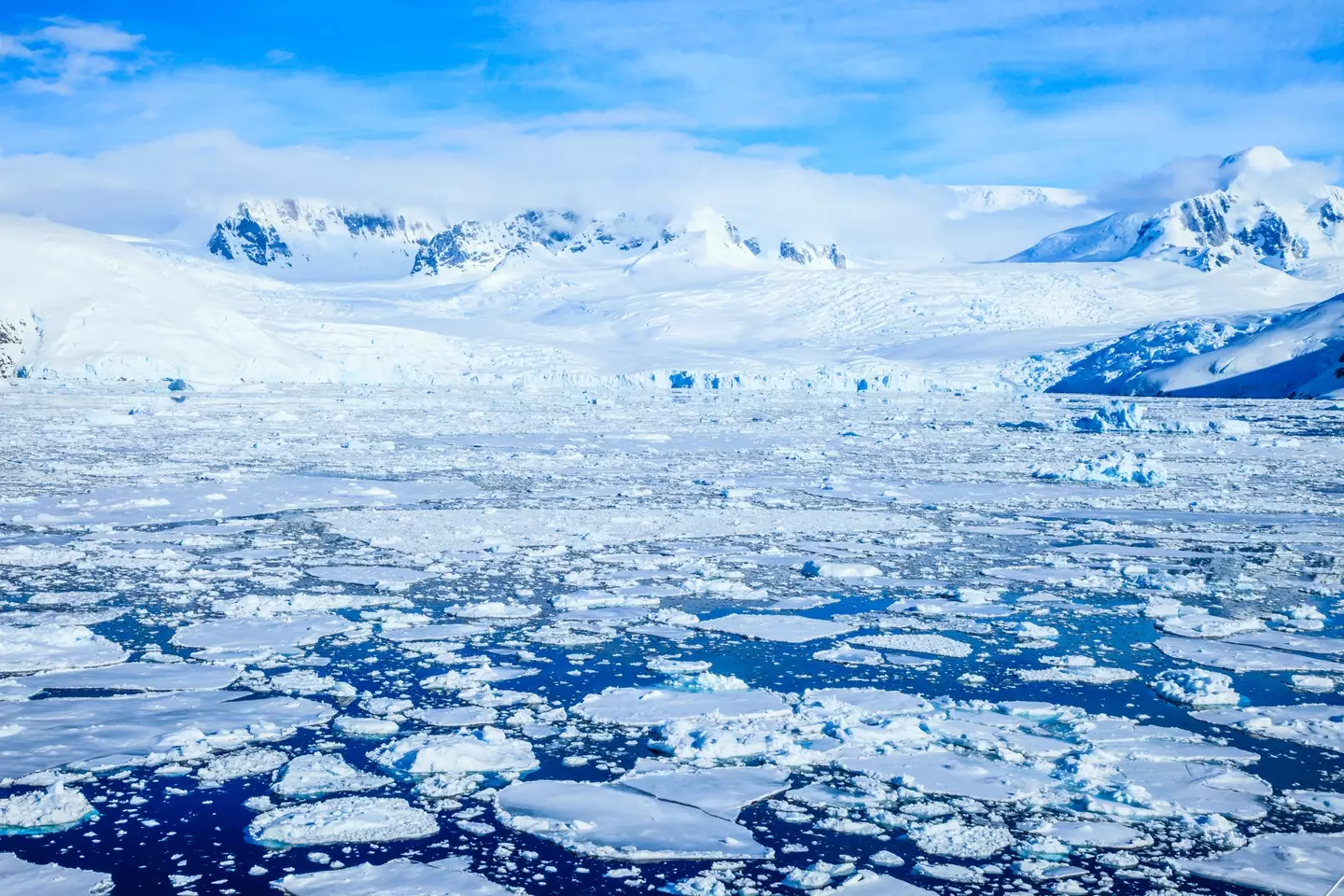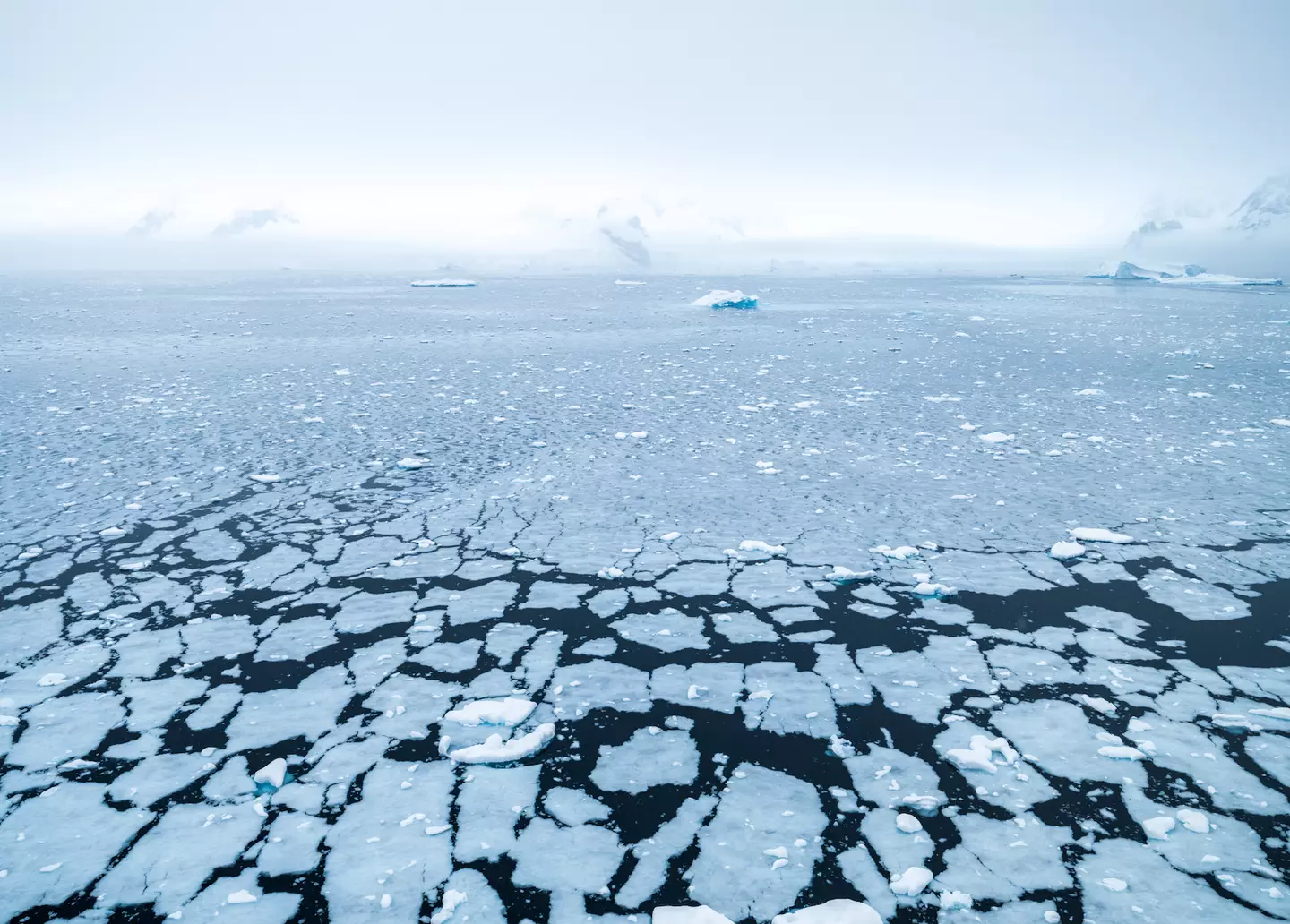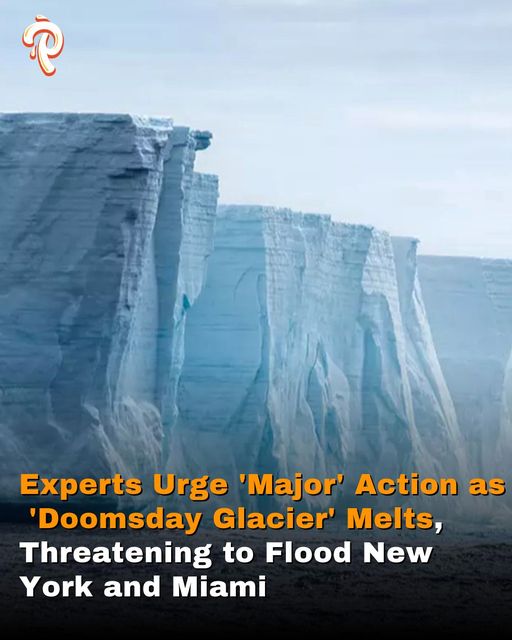The looming threat of the so-called ‘Doomsday Glacier’ has scientists sounding the alarm, urging immediate measures to address its potential to wreak havoc on areas such as Miami.
Climate change is undeniably leading to higher sea levels and warmer temperatures, but the Thwaites Glacier, also known as the Doomsday Glacier, brings the magnitude of this issue into sharp focus. This glacier contains sufficient water to elevate sea levels by over two feet.
Moreover, Thwaites functions as a ‘cork’ for the larger Antarctic ice sheet, meaning its collapse could result in sea levels rising by approximately 10 feet, posing a grave threat to coastal communities worldwide.

The International Thwaites Glacier Collaboration released its findings in September after studying the glacier since 2018. They revealed that rapid ice loss is expected to accelerate this century, with the possibility of the entire glacier collapsing within 200 years.
As reported by CNN, Rob Larter, a marine geophysicist at the British Antarctic Survey and part of the ITGC team, stated: “Our findings indicate it is set to retreat further and faster.”
These insights were published a few months after researchers at the University of Chicago put forth a paper on potential strategies to combat sea level rise, calling for a ‘major initiative’ to examine feasible interventions.
The researchers explored two main intervention strategies: deploying ‘curtains’ on the seabed to block warm water from eroding the glaciers, and slowing the streams carrying meltwater from the ice sheets.
Douglas MacAyeal, a professor of geophysical sciences at the University of Chicago, noted: “From preliminary studies, the actual engineering required might be smaller than you might think. For example, the Thwaites Glacier in Antarctica might require as little as 50 miles of seabed nets and curtains to make a difference.”

While more research is needed to determine the most suitable intervention techniques, MacAyeal emphasized: “Our argument is that we should start funding this research now, so that we aren’t making panicked decisions down the road when the water is already lapping at our ankles.”
Researchers highlighted that effective interventions would necessitate a joint effort from countries worldwide, involving ‘robust participation of sociologists, humanists, ecologists, community leaders, scientific and engineering governing bodies, international treaty organizations, and other relevant stakeholders in guiding the research’.
